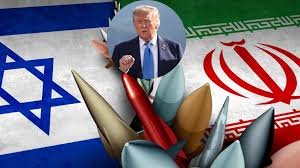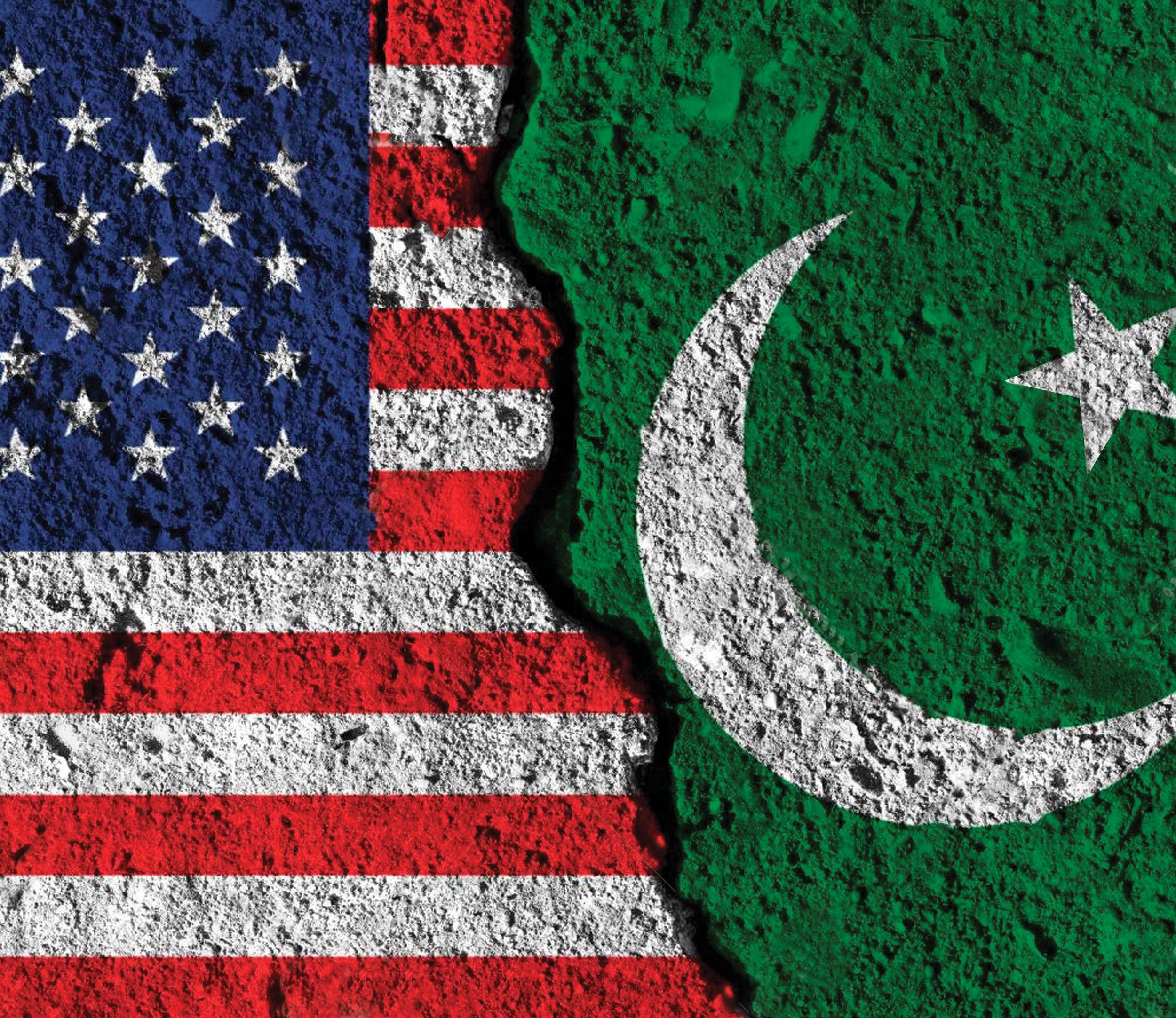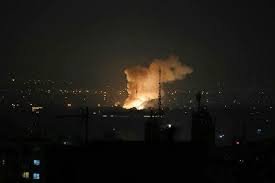In a dramatic escalation of rhetoric and military posturing, President Donald Trump is reportedly weighing a potential U.S. strike against Iran as the conflict between Israel and Iran intensifies. According to senior administration officials, Trump met with top national security advisers in the White House Situation Room on Tuesday to discuss a range of military and strategic options.
Earlier, Trump took to social media with an ominous warning, stating that the U.S. knew the whereabouts of Iran’s leadership but was opting not to act—before abruptly declaring, “UNCONDITIONAL SURRENDER!” His message sparked global concern about the possibility of direct U.S. military involvement in the region.
Adding fuel to the speculation, Trump left the G-7 summit in Canada earlier than scheduled. He denied it was to mediate a cease-fire in the days-long Israel-Iran conflict, instead insisting, “It’s something much bigger than that,” and clarified his aim was not a temporary truce but “a real end.”
Amid the rising tensions, Trump held a phone conversation with Israeli Prime Minister Benjamin Netanyahu on Tuesday, according to a White House source. While the administration maintains that the U.S. is not actively participating in Israel’s strikes against Iran, recent developments suggest a shift in posture. A third U.S. Navy destroyer has entered the eastern Mediterranean, and a second aircraft carrier strike group is en route to the Arabian Sea, signaling increased military preparedness.
The Pentagon continues to describe the buildup as defensive, but the enhanced U.S. presence could serve either as a launchpad for coordinated strikes or as leverage to pressure Iran into submission or negotiation. The dual-track strategy leaves open the possibility of escalation or de-escalation, depending on Tehran’s response.
Meanwhile, the human cost of the conflict continues to mount. Reports from an international human rights organization indicate that more than 450 people have died in Iran amid ongoing Israeli air raids. In Israel, at least 24 fatalities have resulted from Iranian retaliatory strikes.
With diplomatic channels strained and regional militaries on high alert, the next phase of the confrontation could mark a critical turning point in Middle East geopolitics—and possibly pull the United States directly into yet another prolonged conflict in the region.
















